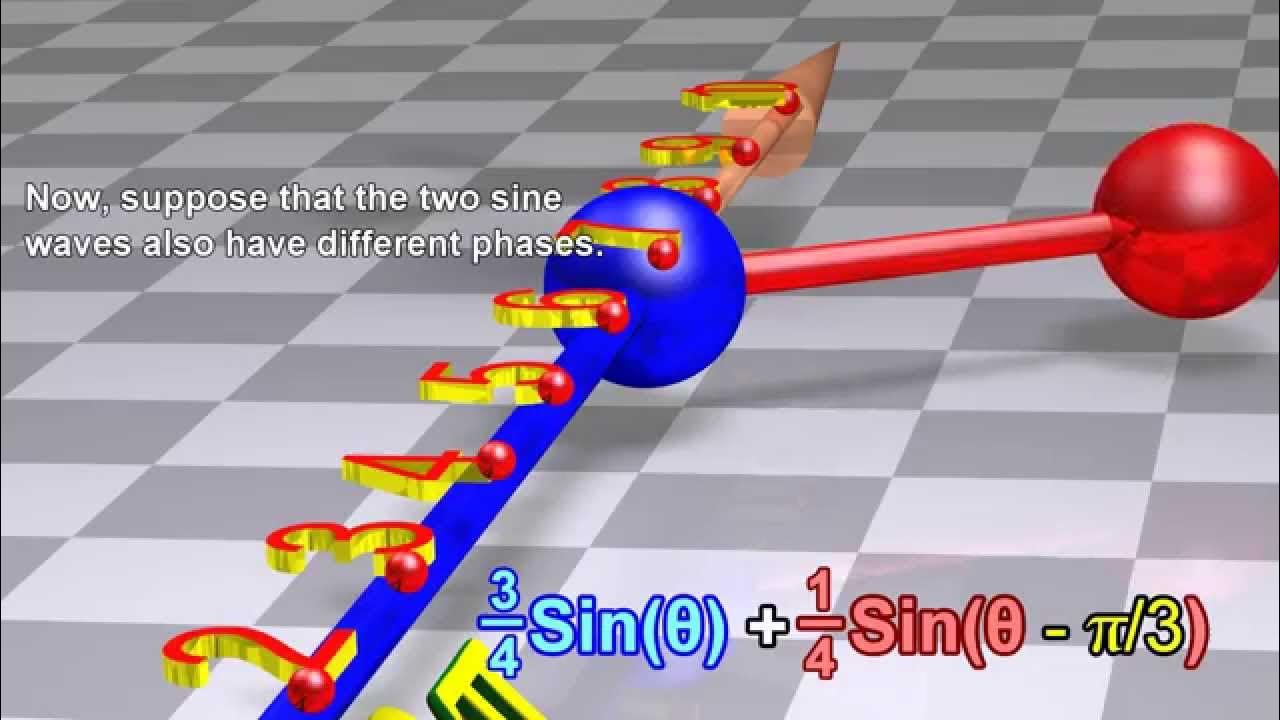function generator | function generator working | function generator using op amp | block diagram
Summary
TLDRA function generator is a versatile device used to produce various waveforms, such as sine, square, triangular, and sawtooth, with adjustable frequencies ranging from 0.001 Hz to 100 kHz. It works by controlling current sources and utilizing an integrator to generate these waveforms, which are used in testing electronic equipment and measuring system frequency responses. The generator offers features like adjustable amplitude, low distortion, and multiple waveform outputs. However, digital function generators can be complex and costly, and they may not be suitable for low-distortion applications.
Takeaways
- 😀 A function generator is a type of signal generator that produces different waveforms such as sine, square, triangular, and sawtooth waves.
- 😀 The frequency of these waves can be adjusted up to several kilohertz according to user requirements.
- 😀 The function generator's block diagram includes components like a frequency control network, constant current sources, and an integrator for waveform production.
- 😀 The integrator, an operational amplifier (OpAmp), helps charge and discharge a capacitor, generating waveforms like triangular and square waves.
- 😀 A voltage comparator and multivibrator are used to control the waveform switching, ensuring accurate output waveform shapes.
- 😀 The function generator can produce a variety of waveforms: triangular waves, square waves, sine waves, and sawtooth waves.
- 😀 Key parameters of a function generator include a frequency range of 0.001 Hz to 100 kHz, with frequency stability of ±0.05%.
- 😀 The function generator's output distortion is less than -55 dB below 50 kHz and less than -40 dB above 50 kHz.
- 😀 It is important to note that function generators are different from signal generators, as the latter typically only produce sine waves.
- 😀 Function generators are used in various applications like waveform generation, signal source for testing electronic equipment, and frequency response measurement.
- 😀 Some disadvantages of function generators include their unsuitability for low distortion or stable frequency applications, and the complexity and cost of digital function generators.
Q & A
What is a function generator?
-A function generator is a type of signal generator that provides different waveforms at the output, such as sine, square, triangular, and tooth waves. It allows the frequency of these waves to be adjusted according to the requirements.
What is the role of the frequency control network in a function generator?
-The frequency control network adjusts the frequency of the waves by receiving input voltage through an external frequency controller. This network controls two constant current sources that provide the necessary current to generate the required waveforms.
How does an integrator work in a function generator?
-An integrator, which is an operational amplifier, stores charge when current flows into it. It helps generate waveforms by either charging or discharging the capacitor. The output depends on the charging and discharging cycle of the capacitor.
What determines the shape of the waveform produced by the function generator?
-The shape of the waveform is determined by the switching mechanism, such as the voltage comparator multivibrator, which controls how the capacitor charges and discharges. For example, a triangular wave is created when the capacitor charges and discharges in a continuous cycle.
How is a square wave generated in a function generator?
-A square wave is produced when a switch turns off the capacitor after it reaches a predetermined charge level. The capacitor discharges, creating a sharp downward curve, and the cycle repeats, producing a square wave.
How is a sine wave produced in a function generator?
-A sine wave is generated using a resistance diode shaping circuit that smooths the output waveform, producing a sinusoidal output.
What is the frequency range of a function generator?
-The frequency range of a function generator is from 0.001 Hz to 100 kHz.
What are some key features of a function generator?
-Key features of a function generator include its frequency range, frequency stability, low distortion, output amplitude (typically 10 volts), and the ability to generate multiple types of waveforms like sine, square, triangular, and tooth waves.
How does a function generator differ from a signal generator?
-A function generator can produce multiple types of waveforms such as sine, square, triangular, and tooth waves, while a signal generator primarily generates sine waves only.
What are the disadvantages of a function generator?
-Function generators may not be suitable for applications requiring low distortion and stable frequency signals. Digital function generators, though offering higher performance, are more complicated and costly due to the use of advanced digital-to-analog converters and digital circuitry.
Outlines

このセクションは有料ユーザー限定です。 アクセスするには、アップグレードをお願いします。
今すぐアップグレードMindmap

このセクションは有料ユーザー限定です。 アクセスするには、アップグレードをお願いします。
今すぐアップグレードKeywords

このセクションは有料ユーザー限定です。 アクセスするには、アップグレードをお願いします。
今すぐアップグレードHighlights

このセクションは有料ユーザー限定です。 アクセスするには、アップグレードをお願いします。
今すぐアップグレードTranscripts

このセクションは有料ユーザー限定です。 アクセスするには、アップグレードをお願いします。
今すぐアップグレード関連動画をさらに表示

Introduction to Fourier Series - Adding Sine Waves to make Sawtooth, Square, and Triangle Waves

Introduction to PhET Fourier: Making Waves Simulation

Sound Design and Synth Fundamentals

Fourier Transform, Fourier Series, and frequency spectrum

MRI Physics Fourier Transform for MRI Kucharczyk

Oscilloscope Tutorial (Basics 101)
5.0 / 5 (0 votes)
